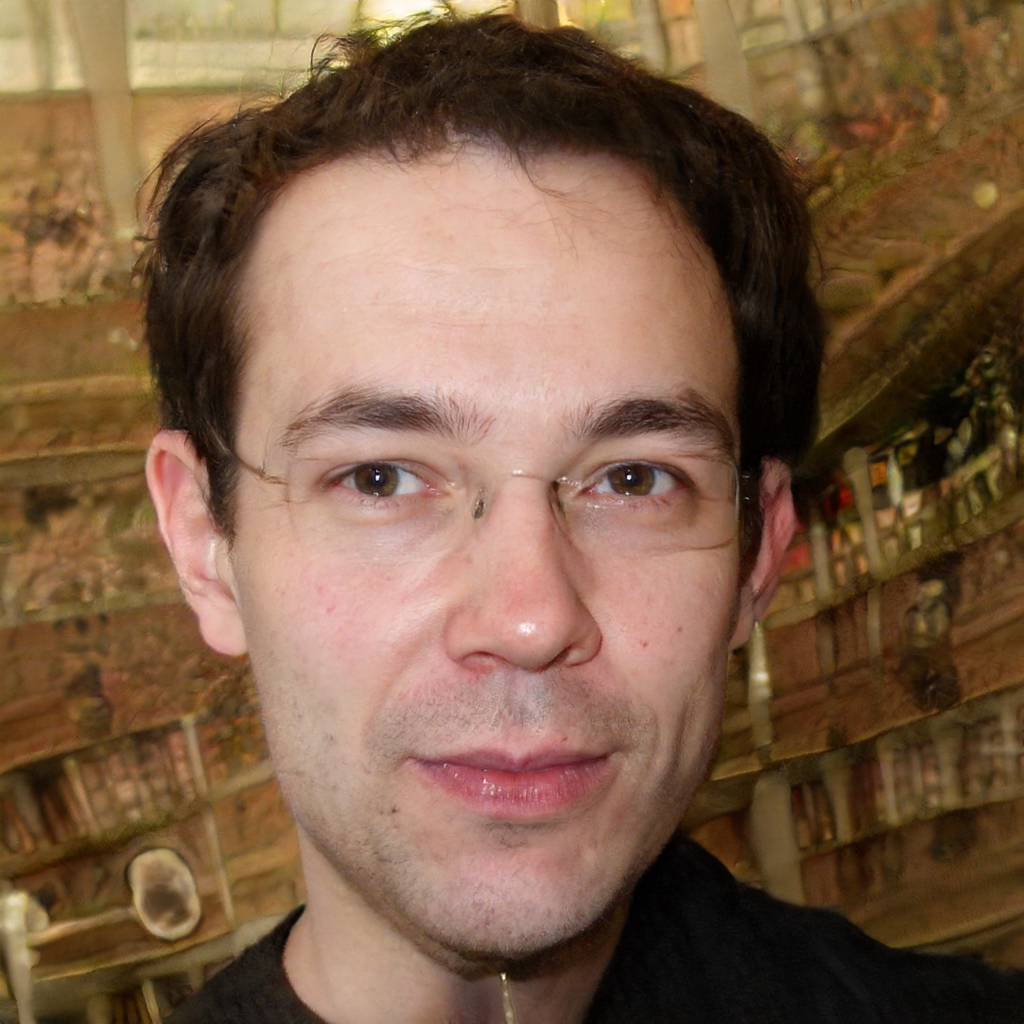Have you always dreamed of having an Indiana Jones-style adventure? GlobalXplorer provides everyone with tools to discover the remains of ancient civilizations
The time when archaeologists were groping to unearth lost monuments or cities buried for millennia is over. Today, thanks to satellite imagery, their work is - in a sense - easier, but no less exciting.
GlobalXplorer is looking for volunteers to help archaeologists analyze these very images coming from the sky. If the "clues" are hard to spot on the ground, they become much more obvious in an image taken by a satellite. And there are so many images to sift through. The project, strongly supported by archaeologist Sarah Parcak of the University of Alabama at Birmingham, offers all the tools and training necessary to be able to identify patterns that could signal the presence of historical artifacts yet to be discovered. The first stop is Peru, but the goal is the entire world.
GlobalXplorer's ambitious project
(Taken from YouTube)
GlobalXplorer, as mentioned, is the brainchild of archaeologist Sarah Parcak, who recently won a $1 million award from TED, a nonprofit organization whose goal is to "Spread Ideas of Value." The project, among others, is supported by National Geographic magazine, DigitalGlobe - a company specializing in satellite imagery - and Mondo Robot - a design company. Together they have decided to make archaeology fun and accessible and, at the same time, involve ordinary people in the concrete search for artifacts of ancient civilizations.
Everyone needs help
Just sign up to the GlobalXplorer site to take a real online course on how to analyze the screens within real satellite images, how to distinguish - for example - "clues" that indicate the presence of looting, illegal buildings or a possible site of archaeological interest. We are talking about a database of over 120 million photos, each covering an area of about 200 by 200 meters. Images processed through special filters and algorithms to make them ready to be "vivisected". They are real images coming from satellites, then, who participates in the project works on the same material available to the team of archaeologists of GlobalXplorer that will examine all the reports provided by volunteers. The only detail missing, and there's a reason for that, is the "where," to prevent possible unauthorized excavations. The best will move up the ladder and have access to increasingly sophisticated analysis tools. And it is not said that - one day - you will not be invited to collaborate also in the excavations.
Some of the videos present in this section have been taken from the internet, therefore evaluated of public domain. If the subjects present in these videos or the authors had something against the publication, just make a request for removal by sending an email to: [email protected]. We will provide to the cancellation of the video in the shortest time possible.
